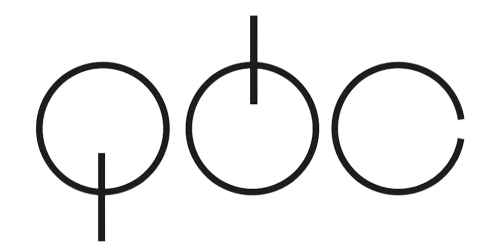While you can place your order at any time, it won’t be filled until the exact price of the fund is tallied up at day’s end. So you won’t know what you’re paying until the transaction is complete. But you’ll always pay the exact net asset etf vs mutual fund value of the fund’s holdings. The big-name brokerages have slashed commissions to zero on all ETFs offered on their site. So it won’t cost you anything to trade these funds, though some brokers may impose an early redemption fee.
You plan to make regular, periodic contributions to your account
Prior to this, Mercedes served as a senior editor at NextAdvisor. With the auto world switching to EVs, these exchange-traded funds can drive value. An index fund buys all or a representative sample of the bonds or stocks in the index that it tracks. An optional service that lets you pick a frequency—monthly, quarterly, or annually—along with a date and a dollar amount to move into or out of a specific investment on a repeat basis.
ETFs: An overview
- This transparency can be especially valuable for those who want to know by the hour precisely what’s in their portfolio.
- Either way, you need to know what your funds are invested in and how they help you achieve your financial goals.
- We’d like to share more about how we work and what drives our day-to-day business.
- For example, an ETF tracking the S&P 500® Index might seek to own all 500 of the index’s stocks.
Minimum initial investments for mutual funds are normally a flat dollar amount and aren’t based on the fund’s share price. Unlike ETFs, mutual funds can be purchased in fractional shares or fixed dollar amounts. Most mutual funds are actively managed, though there are several hundred passive index-tracking mutual funds out there.
Closed-End Funds
A strategy intended to lower your chances of losing money on your investments. Let a local tax expert matched to your unique situation get your taxes done 100% right with TurboTax Live Full Service. Your expert will uncover industry-specific deductions for more tax breaks and file your taxes for you.
Similarities Between ETFs and Mutual Funds
For example, an S&P 500 mutual fund or ETF typically tries to match the makeup and returns of the S&P 500 index. Investors can buy shares in the fund to get exposure to all of the securities that it holds. ETFs can cost far less for an entry position—as little as the cost of one share, plus fees or commissions. An ETF is created or redeemed in large lots by institutional investors and the shares trade throughout the day between investors like a stock.
Investors will pay a commission for trading them if required, but many ETFs trade for free. ETFs also have several differences from the mutual fund option when it comes to operational expenses. Options trades will be subject to the standard $0.65 per-contract fee. Service charges apply for trades placed through a broker ($25) or by automated phone ($5). See the Charles Schwab Pricing Guide for Individual Investors for full fee and commission schedules. By virtue of in-kind creations and redemptions, ETFs come with tax magic that’s unrivaled by mutual funds.
An ETF that invests in a specific industry, like energy, real estate, or health care. An ETF can help you obtain the same level of diversification but at a much lower cost. US resident opens a new IBKR Pro individual or joint account receives 0.25% rate reduction on margin loans.
For example, some investors want to make sure they max out their IRA contributions every year. But they prefer to spread the contributions over the course of the year, and they don’t want to forget a transaction by accident. You can’t make automatic investments or withdrawals into or out of ETFs. Not only do ETFs provide real-time pricing, but they also let you use more sophisticated order types that give you the most control over your price. In exchange for your loan, the issuer agrees to pay you regular interest and eventually pay back the entire loan amount by a specific date. Usually refers to a “common stock,” which is an investment that represents part ownership in a corporation, like Apple, GE, or Facebook.
ETFs are generally more cost-effective than mutual funds as ETFs often have lower expense ratios and lack commission fees. Also, ETFs are traded on stock exchanges, so investors can take advantage of market fluctuations when buying and selling ETFs. That said, you should research and compare ETFs, as not all funds are built the same.
With mutual funds, you buy and sell shares directly with the fund provider. Transactions also only occur after trading ends for the day and the fund’s manager can calculate the value of a share in the fund. Exchange-traded funds (ETFs) and mutual funds are https://turbo-tax.org/ simply structures or vehicles that facilitate access to underlying investments. Enthusiasts refer to ETFs as modernized mutual funds—even calling them mutual funds 2.0. Meanwhile, detractors cite the shortfalls of ETFs and tout mutual funds as king.
Since both funds are a collection of securities, they are great ways to add diversification to your portfolio in one fell swoop. Both types of funds offer options that mirror major indexes, like the S&P 500, thus providing you with a diverse fund reflecting the market as a whole. An ETF may also experience changes in discounts and premiums to its net asset value (NAV). An ETF is said to be trading at a premium when its market price is higher than its NAV—simply stated, when you’re paying a bit more for the ETF than its holdings are actually worth.
